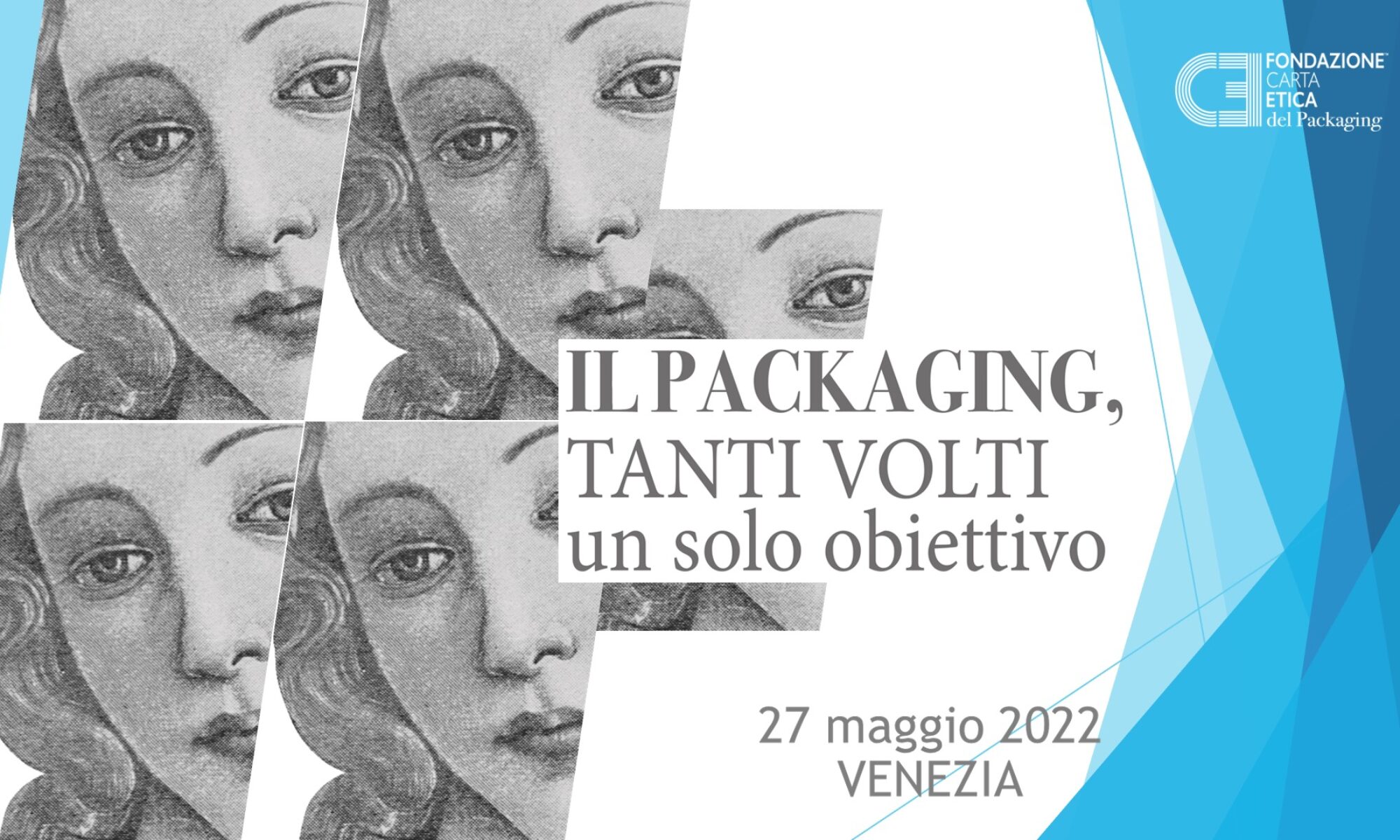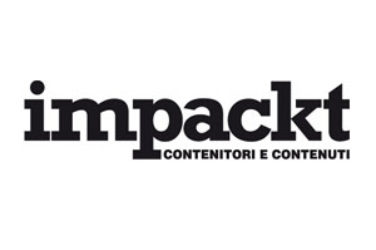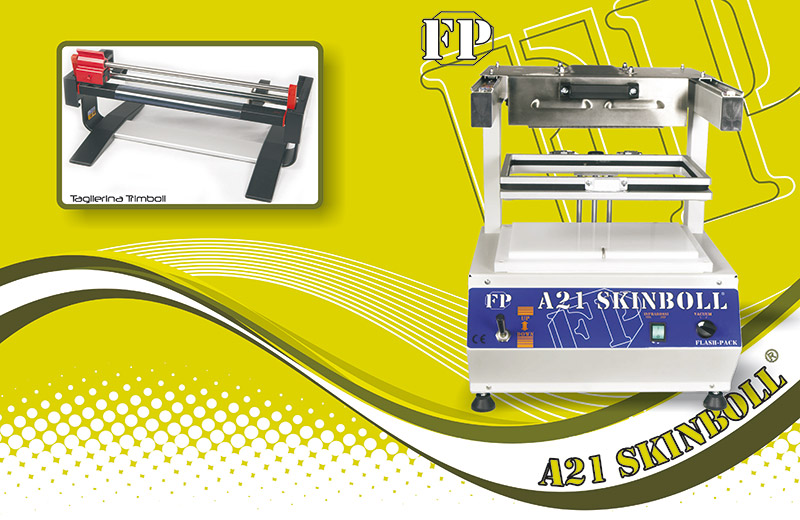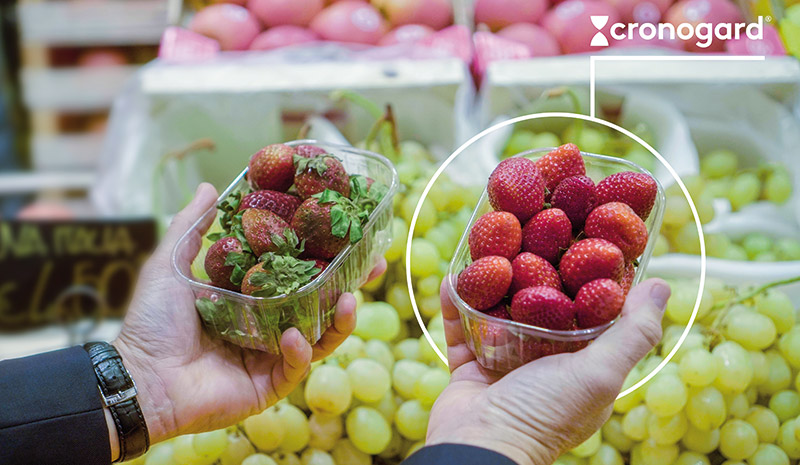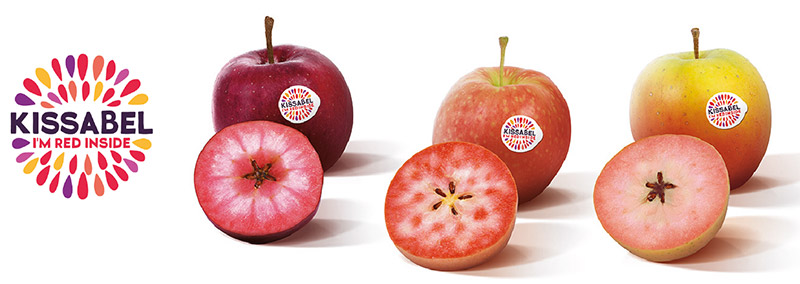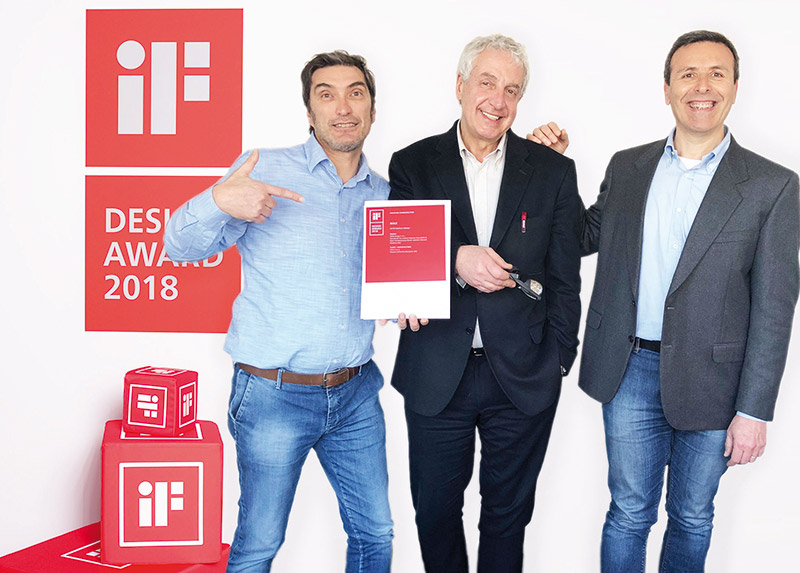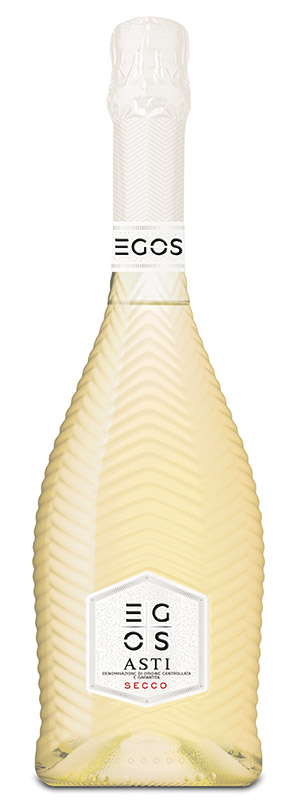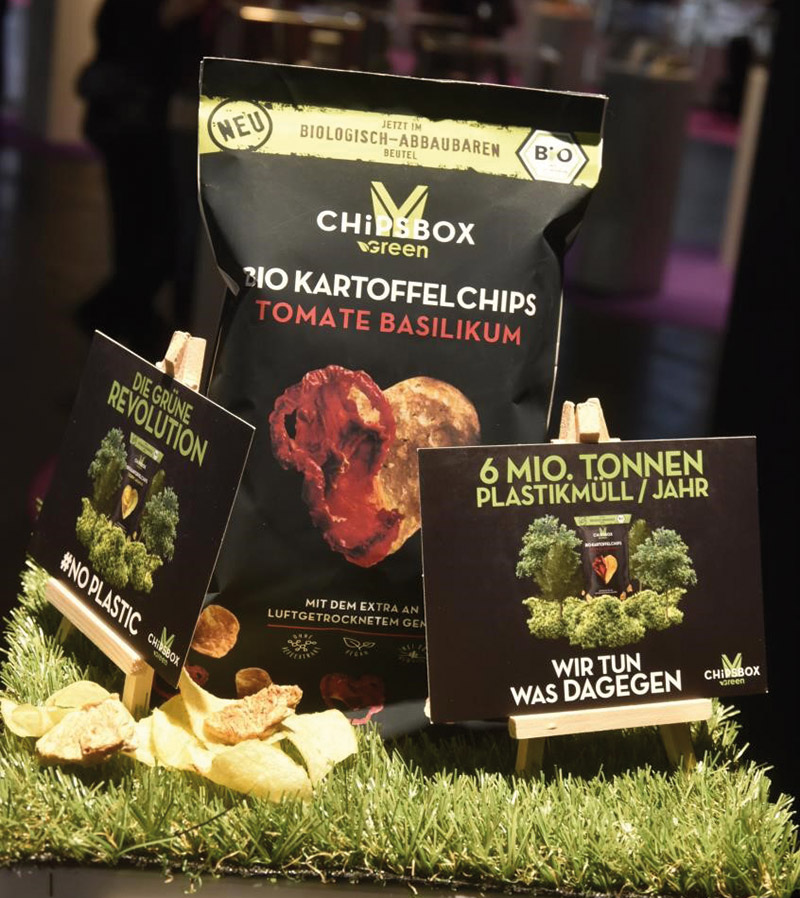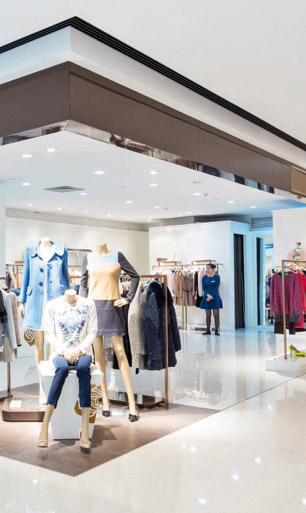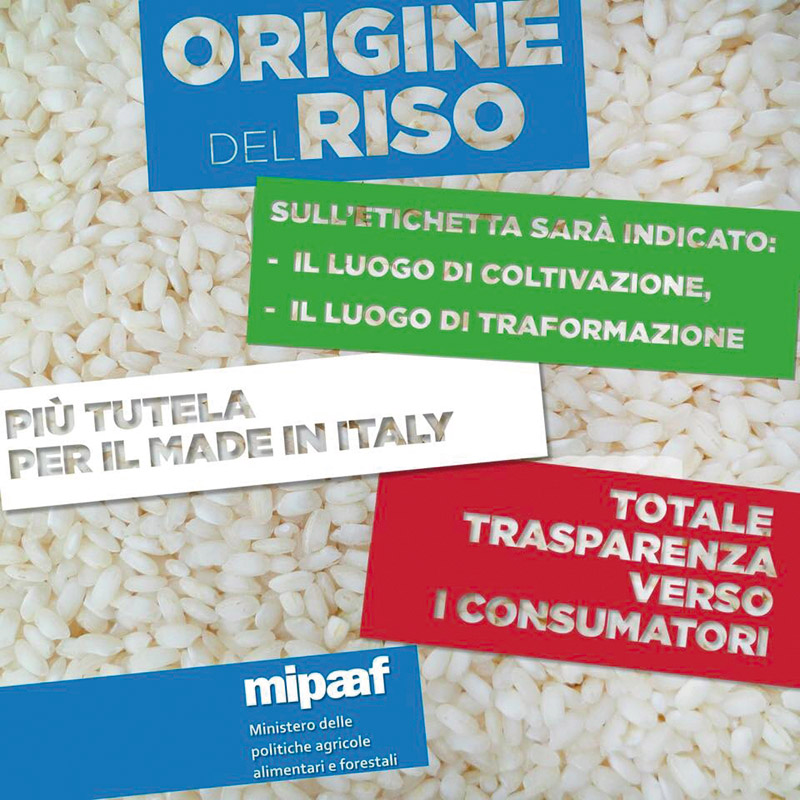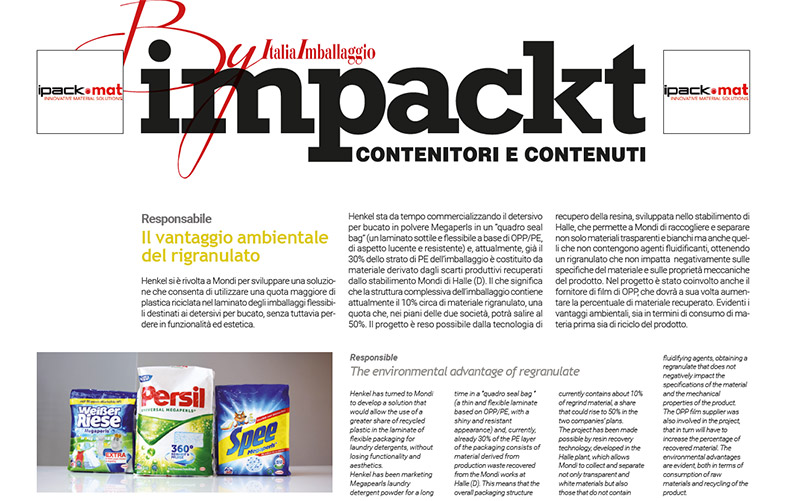Founded in Vanzaghello (MI) in 1993, FLASH-PACK consolidated its position on the Italian and international markets over the next 25 years, producing a wide range of heatshrink wrappers, palletizers, bundlers and skinpack machines for products of various types and sizes. Continue reading “FLASH-PACK (www.flashpack.org)”
Nicefiller (www.nicefiller.it)
Founded in 2011 as a spin-off of the University of Salerno, Nicefiller® was created in order to develop, manufacture and distribute innovative high-tech polymers to improve shelf life of fresh food.
One such polymer is cronogard®, «which – explains Jose Gonzalez Galicia, the company’s Communication Manager – is a product developed entirely in-house and bearing an international patent. Its target user is the food packaging industry, whose operators are seeking solutions that enable them to improve the quality and shelf life of their products, while keeping well in mind the goal of reducing food waste. This is why we consider Ipack-Mat the right venue for presenting our technology, taking advantage of the communication opportunities and visibility which this fair guarantees».
Nicefiller’s offer caters to converters as well as brand owners, along with anyone interested in developing packaging solutions for food products with a prolonged shelf life.
Additionally, although in these early stages the company is mainly targeting the domestic market, it is also keeping a close eye on possible entry points to the international market. In the spirit of innovation, Nicefiller is presenting its patented cronogard® technology at the fair. Galicia sums up its main features, starting with the fact that it is applied to the packaging and not to the food.
«Thus far – concludes the manager – there are no fillers designed to prolong the shelf life of food products that are able to reduce the formation of biofilm on the packaging surface. The mechanism we’ve developed is closely tied to the properties of cronogard® filler, whose protective, anti-bacterial action inhibits the formation of substances inside the packaging that cause the taste and smell of the product to deteriorate».
Other advantages of using cronogard®
Flexibility of use (requiring no change to conventional supply chain processes) and food safety.
The protective action of the technology is enhanced as the temperature rises (preserving products in the warehouse and acting as a support to logistics, protecting against sudden temperature changes typical of the cold chain).
The solution enables expanding the territorial range of distribution of fresh, perishable foods (berries and fresh vegetables, but also fresh mozzarella).
Compostable and recyclable, cronogard® filler can even be applied to biodegradable packaging.
Beauty world: Premi “wears” Frankie Morello
The iconic men’s and women’s ready-to-wear clothing brand Frankie Morello has chosen Premi (a packaging company in the fragrance, skin care, make-up, and home fragrance sectors, with headquarter in Gessate, MI) for the development of its first line of fragrances and body care products.
From the collaboration a collection was born, distinguished by bottles with original geometric shapes that are inspired by travel, a recurring and important topic for the Neapolitan brand.
The line consists of three different sizes: 30ml, 50ml, and 100ml. They are all decorated with a shaded varnish, characterized by a unique soft-touch cap and embellished with a ring on which the brand logo is embossed.
The project was carried out entirely by Premi Studio, an internal Premi division dedicated to the development of custom projects, from the creation phase of the primary pack to that of the secondary pack.
Kissabel: red interior
Telling a completely new and unique story: that of a traditional fruit on the outside but that hides a sensational red pulp with an exceptional flavor. This was the task performed by RobilantAssociati, the branding and strategic design company, which worked on the strategy and positioning of the Kissabel apple brand, the result of natural crossings of wild red pulp and traditional apples, completely GMO-free.
With a clearer corporate identity and a naming recordable all over the world, the Kissabel brand summarizes the value and character of genuineness and naturalness.
The logo and the house style represent an explosion of nature, a real kaleidoscope of emotions, sensations and tastes, capable of involving, seducing and surprising. And the payoff “I’m red inside” communicates the warmth of true passion.
Kissabel, the new brand of red pulp apple launched by Ifored (International Consortium which brings together 14 of the leading apple producers from 5 continents).
IMA’s MAX project wins in Communication
On 9 March, in the splendid setting of BMW Welt in Munich, IMA (machines for the processing and packaging) received the prestigious recognition in Communication category thanks to the MAX project, in partnership with NiEW Design.
MAX aims to redesign the user interfaces for the control of the Group’s production lines, by creating a new interactive language to apply the principles of user experience to a system of industrial automation, with a view to 4.0.
The project began in 2015 and is still continuing as part of the IMA Digital development programme through which IMA is designing the “intelligent machines” of the future, when man will want more and more to interact consciously with the technology.
MAX has been developed by applying the “User Centred Design” approach in full, starting from an analysis of data collected in live user situations on an international scale in a way that is functional to the current and potential needs of those working within production processes (line operators, maintenance engineers, fitters, plant supervisors, laboratory researchers, etc.).
IMA’s Research and Innovation, under the direction of Dario Rea, coordinated the MAX project with the suitably structured team led by Paolo Triossi, (Automation & Software), Davide Bosi (UX Designer), and promoted by Daniele Vacchi, (Corporate Communications Director).
* The iF Design Award is the prize that Industrie Forum has been assigning since the 1950s to the most innovative industrial design projects at international level.
“Wavy” Spumanti
Made of white glass, the new bottle developed by Owens-Illinois for Santero (the winegrowing group of Santo Stefano Belbo, CN) stands out on the shelf, thanks to a decorative wave pattern across the entire container body.
Designed to strengthen the premium positioning of the Egos line – which includes the most prestigious Santero wines – it was produced at the O-I factory in Aprilia (LT), overcoming the numerous technical complexities associated with the shape. The production of the bottle in fact required preliminary studies and a series of adjustments to the production line, to maintain the quality standards that distinguish the glassworks.
The result achieved is a product coherent with the identity and the growth objectives of the Piedmontese winery: the strong visual impact of the packaging and an original aesthetic appearance are in fact indispensable characteristics to consolidate its presence on foreign markets.
The two companies have already collaborated in the past to develop the 2014 “Twist” range.
Snacks in a compostable pack
The German brand myCHIPSBOX chooses a new concept flexible packaging, made by Futamura, in cooperation with the packaging producer Bio4Pack.
The pack is compostable, and consists of NatureFlex film made from renewable and responsibly sourced wood pulp, which is then printed and laminated to a layer of metallised PLA. The bio-based, compostable and plastic-free pack offers an environmentally responsible packaging choice with outstanding barrier properties to moisture, gases and mineral oils.
Invisible and floor-mounted RFID
Among the trends expressed by the Retail sector there is the need to have non-invasive security systems available to be installed at strategic points in the sales areas. Checkpoint Systems (from source to shopper solution provider) offers the new UF-1 RFID floor antenna.
In addition to ensuring a wide range, the UF-1 system based on a patented RFID reading technology, enables the exploitation of the power of RFID data to improve inventory management.
The UF-1 antenna is suitable for different types of stores, including shopping centers where the use of traditional EAS antennas at the entrances is limited, or big stores, which require large entrances free of any obstacle.
The use of Checkpoint Systems’ patented Wirama RadarTM technology allows the new floor RFID solution to identify the passage of a product label/tag via the antenna, both inside and outside the store or near the entrance. It is also possible to determine whether an item is simply near the exit or if it is potentially prone theft, thus minimizing false alarms.
Rice and pasta: mandatory indication of origin on the label
(Source: Finlogic, Labeling and Barcode Solutions)
The decrees (signed by the Ministers Maurizio Martina and Carlo Calenda in the past legislature) are now fully in force and include the obligation to indicate the origin of the raw material on the label for rice and pasta. In the wake of what has already happened for milk and derivatives, the experimentation is scheduled for two years.
The obligation to expressly indicate on the pasta and rice packaging the place of cultivation has a dual purpose: to aim for the maximum transparency of the information on the label to the citizens and protect Italian products, in order to enhance and protect the work of national producers. The Italian initiative in the name of transparency is involving the whole supply chain also in Europe: after 4 years the EU Commission has in fact presented a first draft regulation implementing the regulation on labeling.
A step forward that needs to be improved, starting with the mandatory and non-optional indication of the origin of raw materials.
How the labels change
The indications on the origin must be placed on the label in an evident point and in the same field of vision so as to be easily recognizable, clearly legible and indelible.
Wheat/pasta. The decree lays down that dry pasta packs produced in Italy must indicate the following on the label:
a) Country of cultivation of wheat (name of the country where the wheat is grown);
b) Country of milling (name of the country where the wheat is ground).
If these phases take place in the territory of several countries, the following indications may be used, depending on the origin: EU countries, NON-EU countries, EU and NON-EU countries;
c) if the wheat is cultivated for at least for 50% in a single country, such as Italy, the words “Italy and other EU and/or non-EU countries” may be used.
Rice. The provision states that the following must be indicated on the rice label:
a) “Country of rice cultivation”;
b) “Country of processing”;
c) “Country of packaging”.
If the three phases take place in the same country the wording “Origin of rice: Italy” can be used.
For rice as well, if these phases take place
in the territory of several countries, the following indications can be used, depending on the origin: EU countries, NON-EU countries, EU and NON-EU countries.
Impackt by ItaliaImballaggio 4 2018
Browse the supplement on line…
Continue reading “Impackt by ItaliaImballaggio 4 2018”
